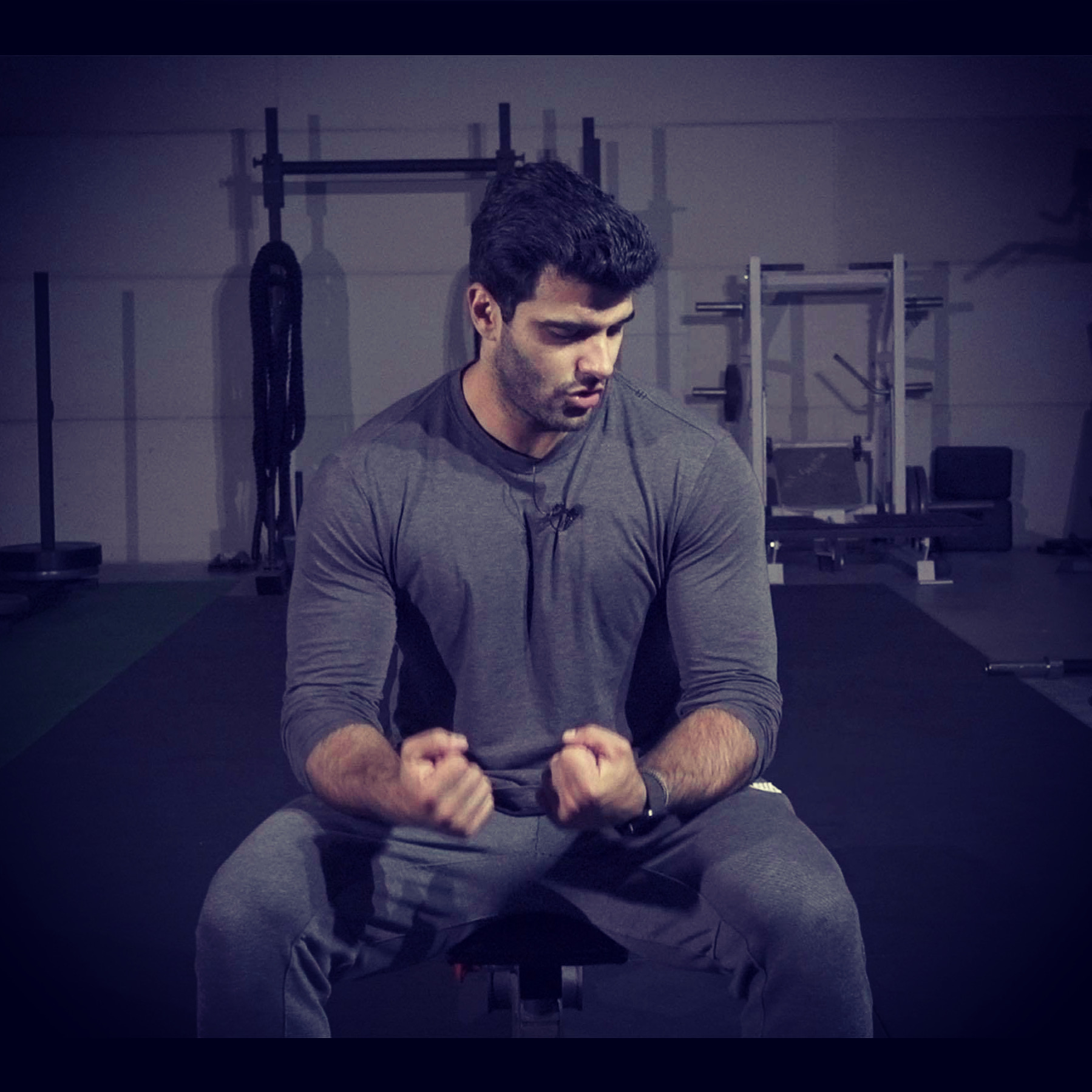Psoas Raises: A Step-by-Step Guide to Connection, Control, and No Back Pain
- Richard Aceves

- Dec 19, 2024
- 3 min read
The psoas major is one of the most misunderstood muscles in the body. Commonly blamed for tightness or discomfort, many people believe it needs constant stretching or massage. However, the real issue is often a lack of mind-muscle connection and the inability to engage the muscle properly.
The psoas major is a hinge movement muscle that plays a key role in walking, running, and other dynamic lower-body movements. If it's not functioning well, the body compensates by overusing other muscles like the iliacus, lumbar erectors, or glute medius—leading to pain and inefficient movement patterns.
Let me show you how to activate and strengthen the psoas major with a simple but effective exercise: the psoas raises.
Step 1: Understand the Role of the Psoas Major
The psoas major connects your spine to your femur, making it integral to walking, running, sitting, and picking things up. It works best when it can lengthen and contract efficiently. Many people lose this efficiency due to sedentary lifestyles, which leads to compensatory patterns.
Common compensations include:
Overuse of the iliacus and lumbar erectors.
Strain in the thoracic erectors or QL (quadratus lumborum).
Discomfort in the outside hip or glute medius area.

Step 2: Setting Up for Psoas Raises
To begin, you'll need a bench or a sturdy surface:
Sit near the edge of the bench.
Lean back slightly while keeping a neutral or gently rounded spine to disengage your thoracic erectors.
Hold onto the edge of the bench or surface with your hands to create tension in your pecs.
Step 3: Performing the Psoas Raise

Follow these steps to activate the psoas major:
Inhale Through Your Nose: With your core lightly engaged, lift as you inhale.
Lift Your Leg: Slowly raise one leg to about 130 degrees. Avoid over-lifting, as this can shift tension to the psoas minor, lumbar erectors, or outer hip.
Key Tip: Keep your leg soft and your knee pointing up to engage the psoas properly.
Maintain Connection: Focus on feeling the psoas major working. Avoid tension in your lower back, outside hip, or other compensatory areas.
Hold and Lower: Hold the position briefly, then slowly lower your leg back down while maintaining tension in the psoas major.
Step 4: Recognizing Common Breathing Faults
Breathing is critical during this exercise to maintain tension and avoid compensations. Here are some common breathing faults and how to correct them:
Fault 1: Holding Your Breath
Problem: Holding your breath shows you can no longer maintain tension in the psoas major.
Fix: Focus on a smooth inhale as you lift your leg and a controlled exhale as you lower it.
Fault 2: Shallow Breathing
Problem: Shallow breaths fail to create the intra-abdominal pressure needed to stabilize the spine. It shows that you slowly force the positions rather than staying in the proper tension.
Fix: Practice nasal breathing to your end range, and don't let your ego win, which means wanting to get to a certain position. You have what you have.
Fault 3: Over-Breathing
Problem: Exaggerated or fast breathing can destabilize your movements.
Fix: Keep your breathing steady and aligned with your movements.
Step 5: Feeling the Psoas Major
The psoas major is not a muscle you'll feel contracting strongly, like your biceps or quads. Instead, you'll feel subtle activation and control. Here's what to look for:
A gentle shaking or burning sensation in the front of the hip.
No discomfort in the lower back, outside hip, or QL area.
Minimal cramping in the rectus femoris (middle quad) or VMO (vastus medialis).
Step 6: Progression and Post-Exercise Feedback
Longer Holds: Start with 60-second holds and raises on each leg, gradually increasing to 90 seconds or more.
Post-Exercise Check: After completing a set, stand up and walk around. Notice the changes in:
Posture: Do you feel taller and more aligned?
Gait: Does walking feel more active and purposeful?
Leg Swing: Are your legs moving more freely?
Most people report feeling more control, better posture, and a more dynamic stride immediately after activating the psoas major correctly.
Final Thoughts
Psoas Raises are simple but far from easy; they take time and require consistent practice. Sedentary lifestyles and poor movement habits make reconnecting with this critical muscle harder, but the effort is worth it. With regular practice of psoas raises, you'll notice improvements in walking, running, and overall movement quality.
Key Takeaways:
Avoid compensations by focusing on breathing and proper tension.
The goal is to feel activation in the psoas major, not surrounding muscles.
Progress slowly and prioritize connection over intensity.
Get after it!



Comments